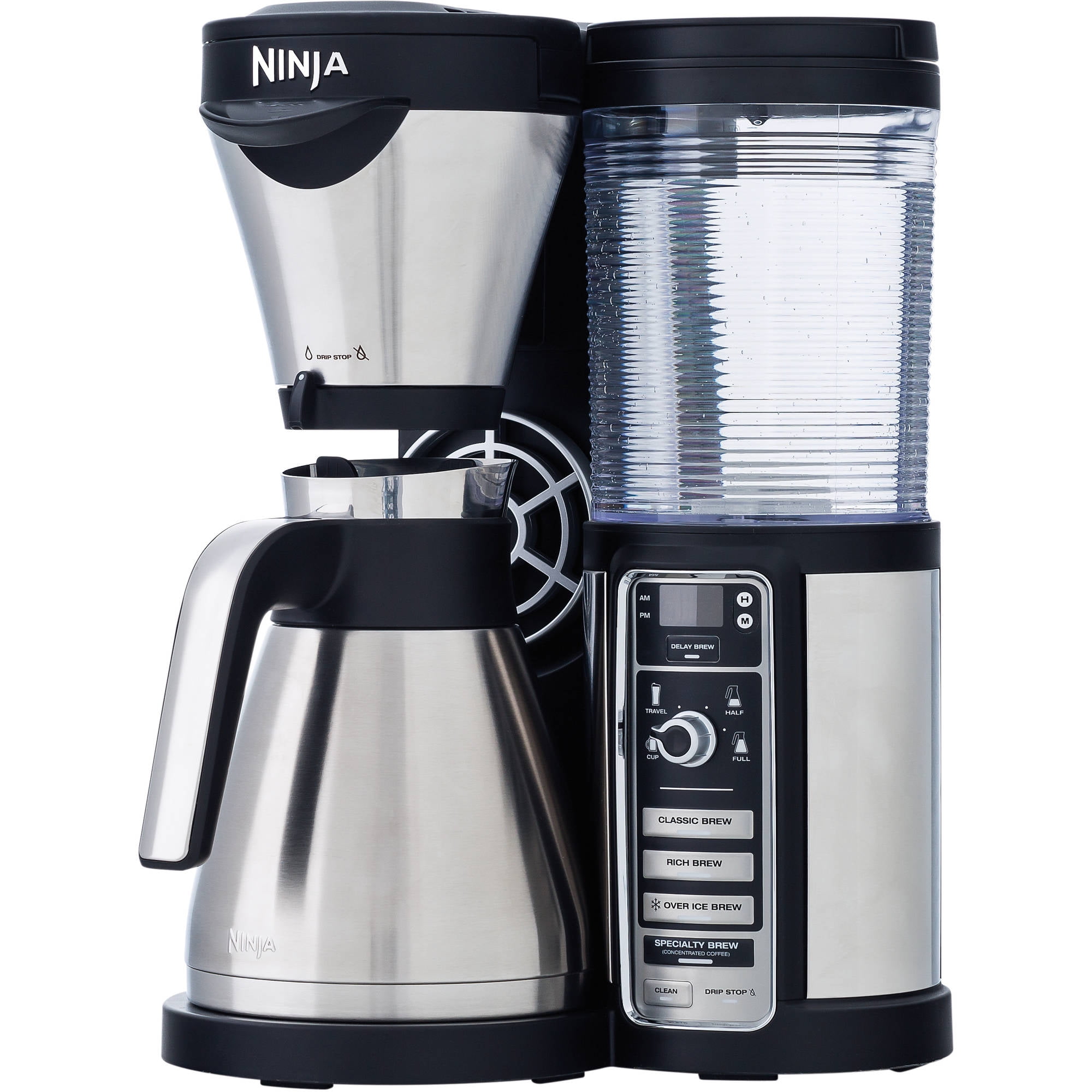

This is an important step because it's what helps generate pressure (hence the Italian word espresso, which best translates to the verb "expressed" in English). I like the Decent Tamper because its outer rim makes tamping foolproof.īut at heart, a tamper really just needs to be a hunk of stainless steel that you use to pack your coffee grounds into your espresso machine's portafilter. A leveler (left) is debatable, depending on whom you ask.
#ESPRESSO BAR FULL#
Read our full review of the Flair Espresso Maker.Ī good tamping tool and a knock box are important. But, if you're looking to make a hobby of espresso, it's a fantastic place to start for all of the reasons above. The only reason I tend not to recommend the Flair to most people is that it takes a little extra time and the learning curve is steeper. The Flair's more basic models are also compact and packable, meaning they're great for smaller kitchens or taking along on the road (they break down into the equivalent of a slim lunchbox).
#ESPRESSO BAR MANUAL#
These are fully manual devices, meaning you add water, pull the lever for a shot, and there are no buttons or automatic functions - with the exception that the new Flair 58 comes with an electrically heated cylinder aimed at stabilizing temperature. If you're looking for the most affordable solution that will still churn out really high-quality espresso, look to a manual lever device like a Flair.īecause I often have to keep my morning, noon, and afternoon espresso rituals somewhat quiet, I use the Flair 58, with its built-in pressure gauge and heating chamber as well as the manual Comandante C40 MK4 grinder so as not to wake anyone.Īny of Flair's models (ranging from $125 to about $600) takes up far less space, and, more importantly, enables far superior coffee. Read our full review of the Gaggia Classic Pro. The former will regulate flow from the group head much more accurately, while the latter will allow you to monitor the progress (and note any mishaps) of your shot as it pours.

Two things I'd recommend adding: a bottomless portafilter and an IMS shower screen (or a whole tune-up kit). It's also on the smaller side, so it won't take up much more counter space than your average pod machine. It foregoes a lot of the bells and whistles you'll find on competitors within the same price range, but those are the things that are liable to give you trouble down the road anyway.
#ESPRESSO BAR HOW TO#
(Check out Lance Hedrick's YouTube video, " How to Hack the Gaggia Classic Pro" to learn what that process looks like.)
#ESPRESSO BAR PRO#
Still, for being so inexpensive (relatively speaking), the Gaggia Classic Pro is wrapped in kitchen-grade stainless steel, has very few plastic components, and is highly customizable, should you decide to tweak it. Otherwise, you're better off with a manual device like a Flair (more on that option below). At about $450, it's as cheap as I'd go on a machine. The most affordable one that's given me the least amount of trouble but enables me to draw a sufficient shot is Gaggia's Classic Pro. There's a wide range of espresso machines on the market, and I've tested more than I can count. It's a bit of a chore to grind out a couple of shots worth of espresso, but it's about the size of a Tom Collins glass and great for anyone on the go. For backup, travel, and covert early-morning grinding, I have a Comandante C40 MK4. The one problem with the 270 is that it is loud as can be. Blade grinders, which are really more suited for spices, create lots of undersized bits (fines) and oversized chunks (boulders) that will throw off your brew. To ensure your grounds are uniform, you need a tool that reduces them in such a way. The trick to good coffee, whether you're making espresso, French-press, pour-over, or cold brew, is consistency. But to achieve consistent grind size (measured in nanometers, or one-billionths of a meter), you need precise machinery. You might balk at the idea of a $400 coffee grinder. It's a small, conical-burr grinder best suited for fine grind sizes (i.e., those required for espresso), offers infinite adjustments, and is easy to clean and service. My top pick after trying well over a dozen grinders is the Baratza Sette 270.


 0 kommentar(er)
0 kommentar(er)
